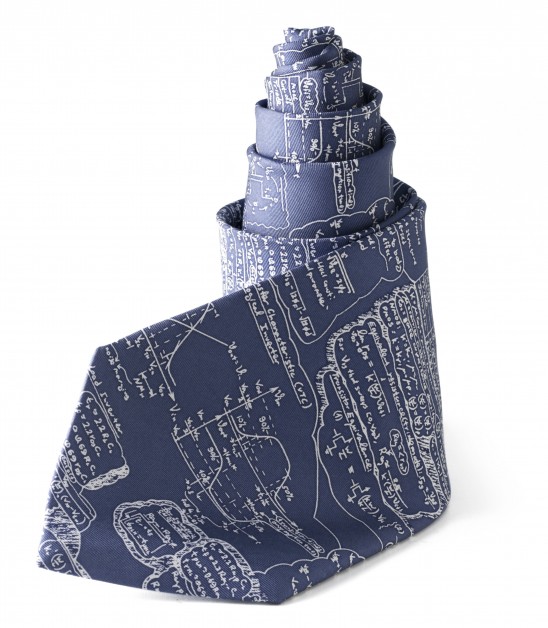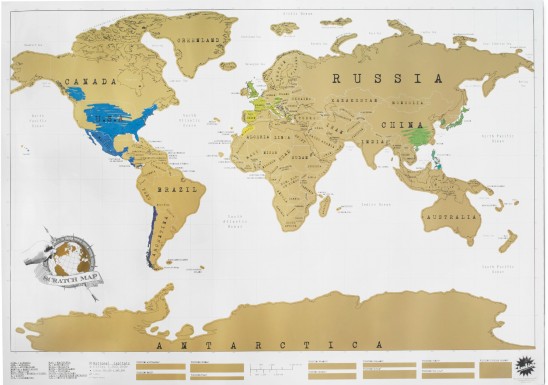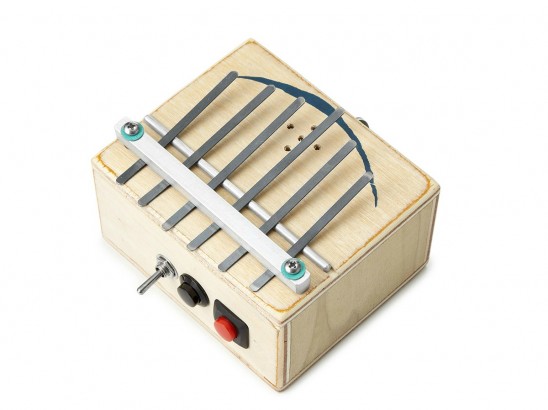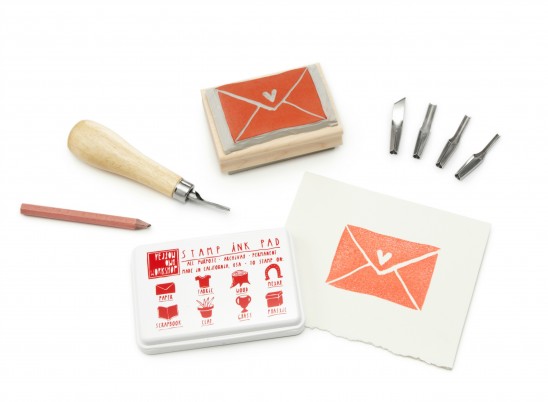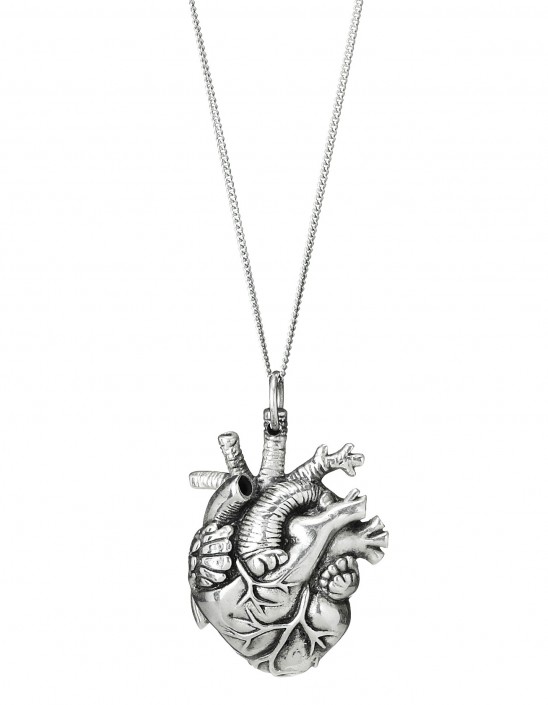It seems hard to believe that +, = and all the other symbols of the mathematical world haven’t always simply existed like they do now. But in fact, the plus sign didn’t come around until the 15th century. A symbolic contraction of the Latin word et, meaning “and,” it took another hundred years or so for it to be widely adopted. Maybe it was that handy “and” sign that inspired Robert Recorde, in 1557, to use two parallel lines to represent “is equal to.” But if we know when these math symbols were invented, it brings up the question of what mathematicians were using before that. The horrifying answer? Story problems. Here is an actual question from a 9th century, Persian text about algebra: “I have divided ten into two parts, and multiplying one of these by the other, the result was twenty-one.” Shiver.
Love may make the world around, but it also appears that love gets a little lost in translation. People from the U.S., Lithuania and Russia were surveyed on their understanding and expectations of romance, revealing some surprising differences. The Eastern Europeans, for example, reported falling in love faster than their American counterparts. 90% of the surveyed Lithuanians, for example, reported falling in love in less than a month. 58% of Americans claims it takes two months to a year before they know they’re in love. According to the journal Cross-Cultural Research, the Russians and Lithuanians also described romantic love as being “temporary and inconsequential.” On the other hand, Americans tended to see romance as something to be pursued in long-term relationships, and used descriptors like “friendship” and “comfort” when describing romance, which their counterparts rarely did. It is possible that Western European opinions on the topic fall somewhere between the two, but the French respondents couldn’t stop kissing long enough to be bothered with a survey.
In spite of what you have been told by countless novels and romantic movies, no one falls in love instantly. It takes time. Specifically, it takes about one fifth of a second. So… not very much time, but that’s a moment, anyway. And it’s an important moment, because according to a Syracuse University study, that fifth of a second is all the preparation your brain needs to start pumping out dopamine, oxytocin, adrenaline and vasopressin—chemicals whose function ranges from creating pleasure to enhancing social behavior. In fact, scientists compare this flood of neurotransmitters to the euphoric experience induced by cocaine. This study from 2010 is seen by some as a long-awaited validation of Dr. Robert Palmer’s 1986 thesis that, “you might as well face it, you’re addicted to love.”
Something about that certain power ballad makes you feel all the feelings. But what is it about the uplifting guitar solo that gives you the kind of chills typically reserved for the Grand Canyon or best man speeches that are a perfect mix of funny and touching? Turns out, music encourages a flow of dopamine to the same part of the brain that is activated by addiction, reward, or motivation. Since the brain is such a good listener, it can predict when the more uplifting part of the song is coming. Once the long-awaited chord hits, you’re in chill-city and it feels great. Even when the powerful movements occur in a sad song, research shows that the overall experience is still positive. Sadly, only about 50% of people feel chills when listening to music. Scientists found oddly specific evidence that the people most likely to experience chills are reward-driven and open to new experiences. So loosenup, man. You might feel something!
That depends. You can send lavish gifts. You can send tender love letters. But if your love just takes the form of you yourself with a brimming heart… then, yes, you can send it through the mail, but we don’t recommend it. One star-crossed lover in China has already attempted it. He talked a co-worker into taping him into a cardboard box addressed to his girlfriend across town. Unfortunately, the courier got lost, and what should have been a 30-minute trip stretched on for 3 hours. The man later explained that he realized that he was running out of air, but the cardboard was too thick for him to make a hole. He could have shouted for help but, you know, he didn’t want to spoil the surprise. And what a surprise it was. When the unsuspecting woman opened her unexpected package, what she found inside was indeed her boyfriend—unconscious and nearly suffocated to death. Paramedics were quickly called, and the parcel’s hapless contents were successfully revived.
They’re certainly more chivalrous than that guy who cut you in line at the grocery store. Researchers videotaped four litters of puppies from different breeds and found a noticeable constant between the Labradors, Shepherd mixes, Dobermans, and Malamutes during play: males would often display submissive behavior, even when they were at a physical advantage. They would crouch low to the ground and even lick their lady opponents’ muzzles to give them an easy in to strike. Sure, these lady pooches could win without the help, but even the furriest of partnerships needs a little romance at the start. So the next time your perpetually single friend says all men are dogs, remind her that that could be a good thing. Then buy her a drink for not taking her problems seriously.
If so, then you are probably a tennis player. And in that case, you also know that tennis has a scoring system that is unique among sports. Perhaps most familiar is the fact that zero points is known as Love. There are various theories about the origin of that strange application of the word, but they all can be traced back to France where the game itself originated. It is possible, for example, that 16th century players colloquially referred to 0 as “the egg” because of its shape. That’s “l’oeuf” in French, which would later be Anglicized to be pronounced “love.” Other people think it’s more likely that the term derives from a period idiom about playing “for the love of the game,” which meant that someone was playing without money wagered on the outcome. Whatever the case, the terminology has made tennis the perfect game for Valentine’s Day, because even if you can’t score you’ve still got Love.
More than a cheesy line from your high school poetry writing class, this phenomenon is actually a thing—as long as you’re really into each other. A study took 32 couples and had them stare at one another for three minutes straight as their heart rates were monitored. Eventually, the heart rates began to sync up. What’s interesting is that it was the women who tended to adjust their heart rates to their partners. Researchers speculated that stronger ability for empathy could have been behind the trend. Now if only you and your significant other could sync up who does the dishes.

